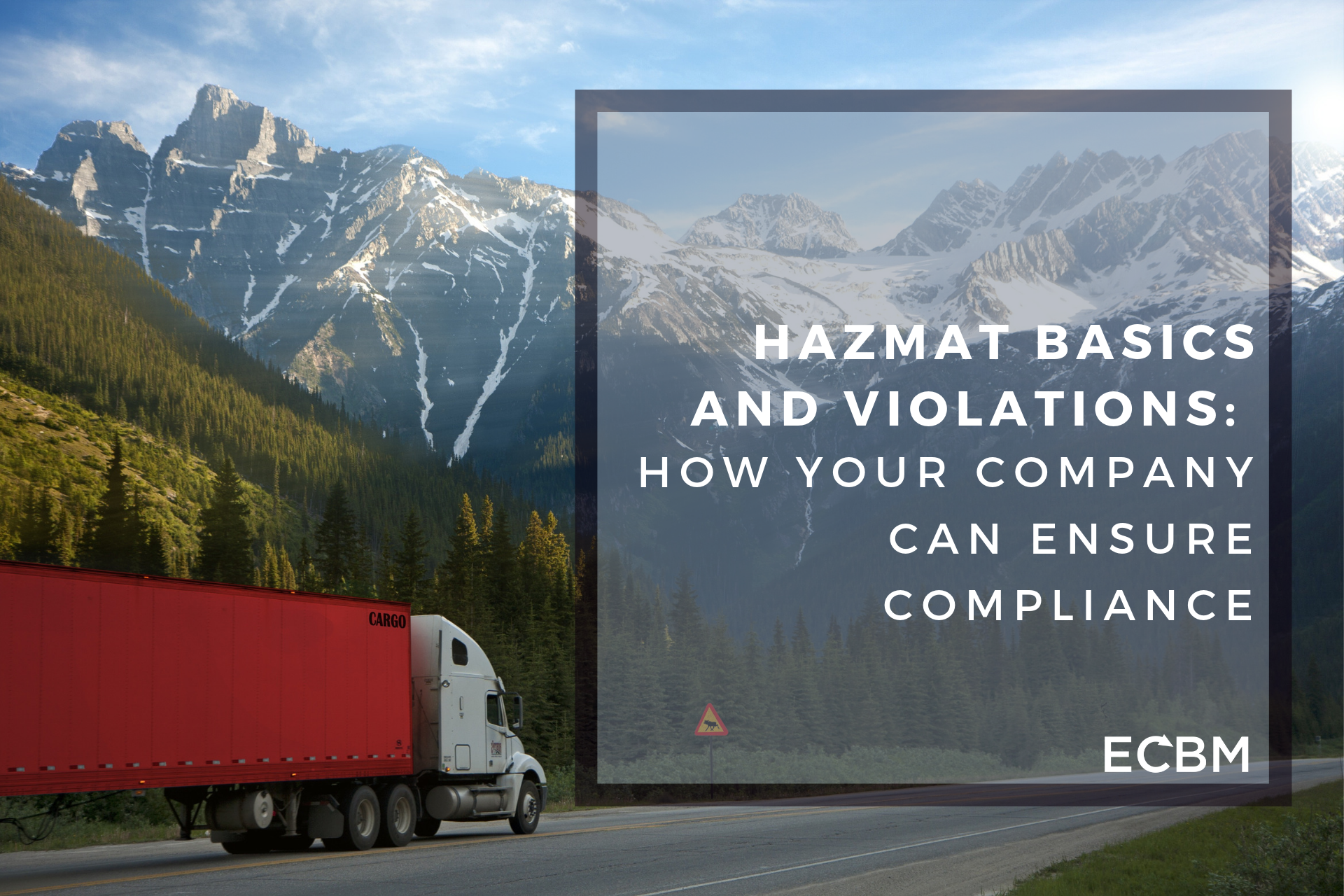 The Federal Motor Carrier Safety Administration uses Compliance Safety and Accountability scores to assess the safety of trucking companies and target the most at-risk companies for additional interventions. The CSA scores are composed of seven BASICs (Behavior Analysis and Safety Improvement Category) which attempt to use data available to the FMCSA to pinpoint trucking companies with inadequate safety procedures.
The Federal Motor Carrier Safety Administration uses Compliance Safety and Accountability scores to assess the safety of trucking companies and target the most at-risk companies for additional interventions. The CSA scores are composed of seven BASICs (Behavior Analysis and Safety Improvement Category) which attempt to use data available to the FMCSA to pinpoint trucking companies with inadequate safety procedures.
HAZMAT BASIC
The HAZMAT BASIC is one of the two CSA score components not made available to the general public. It is also the only BASIC category that doesn’t apply to all motor carriers. Carriers that do not handle hazardous materials will receive a zero in the category. Given the added dangers posed by hazardous material transportation, the FMCSA takes HAZMAT violations and therefore, the HAZMAT BASIC very seriously.
HAZMAT VIOLATIONS
There are numerous potential infractions that count a carrier’s HAZMAT BASIC. Many relate to improper documentation and the marking of hazardous materials. These can include issues like the lack of special permit numbers where one is required, or the failure to place the hazardous materials marking on a sharply contrasting color. The most severe violations relate to the failure to comply with regulations for the safe shipping of hazardous materials such as using excessive radioactive contamination, transporting forbidden materials, and the failure to properly secure packages containing hazardous materials.
HAZMAT BASICs Formula
The formula for calculating the HAZMAT BASICs is similar to the unsafe driving and driver fitness BASICs. Severity of violation multiplied by time weight of violation. Then, take the sum of this number for all violations and then divided by the time weight of all inspections. For example, radiation contamination exceeding allowable limits has a severity weight of ten. An inspection that occurred between twelve months and twenty-four months ago has a time weight of one. So, the total weight of the violation is 10.
HAZMAT BASICs Calculation Example
The sum of the time weight is taken by adding together the time weight of every HAZMAT inspection that occurred in the past twenty-four months. HAZMAT Inspections in the most recent six months have a time weight of 3. Inspections between six and twelve months ago have a time weight of 2. Inspections between twelve and twenty-four months ago have a time weight of 1. If a carrier had 100 HAZMAT inspections over the past two years, with 25 happening in the most recent six months and 50 occurring more than a year ago, the sum of the time weight would be 175 (50 inspections with a time weight of 1, 25 inspections with a time weight of 2, and 25 inspections with a time weight of 3). If those inspections yielded summed weighted violations equaling 350, the HAZMAT BASIC would equal 2.0.
How Companies Can Avoid HAZMAT Violations
Avoiding HAZMAT violations is important for many reasons. Companies need to ensure that everyone involved in the transportation of hazardous materials is familiar with the appropriate regulations to ensure compliance. Policies and procedures should be put in place to ensure appropriate documentation, packaging, marking, etc. of hazardous materials and staff should be trained in handling, loading, and securing HAZMAT materials to ensure compliance, avoid violations, and prevent spills and leaks.




